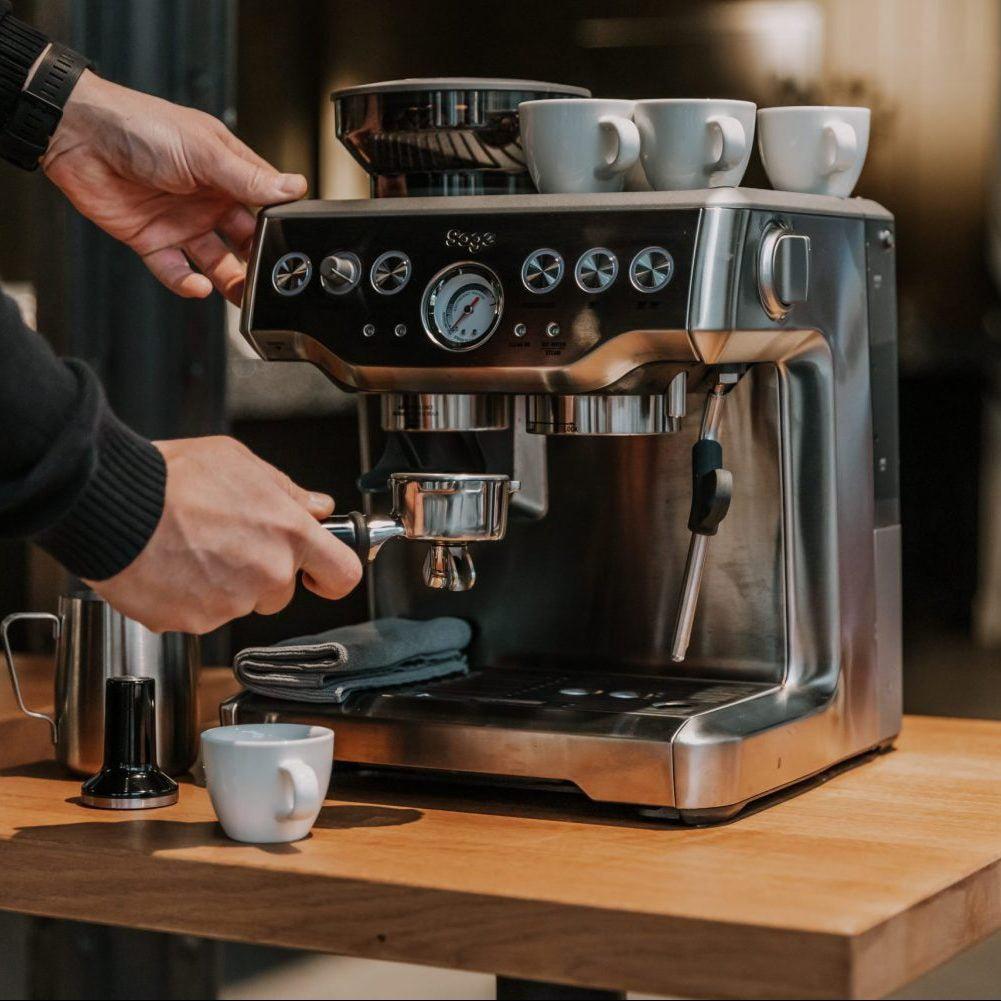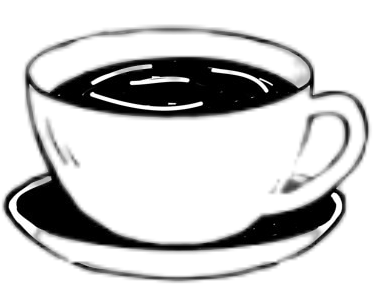If you are a coffee enthusiast like me, owning a Breville or Sage Barista Express can be one of the best investments you make. It is a versatile espresso machine that allows you to prepare coffee just the way you like it. One of the key aspects of making a perfect espresso is ensuring that your machine is set to the optimal brew temperature. In this article, I will guide you on how to change the brew temperature on your Breville/Sage Barista Express to enhance your coffee experience.

Understanding the Importance of Brew Temperature on the Breville/Sage Barista Express
Before we dive into the specifics of adjusting the brew temperature, it's essential to understand why this setting matters so much. The brew temperature directly affects the flavor, aroma, and texture of your espresso shot. If the temperature is too high, the coffee can taste burnt and overly bitter. On the other hand, if it's too low, the extraction will be weak, and the coffee will taste sour or underdeveloped. The Breville/Sage Barista Express allows you to tweak this parameter to find the perfect balance for your personal taste.
If you're looking for an espresso machine with even more advanced temperature control, the Breville Dual Boiler BES920XL Review explores a high-end option that provides precise customization for your espresso brewing.
How to Change the Brew Temperature on Breville/Sage Barista Express: A Step-by-Step Guide
Changing the brew temperature on the Breville/Sage Barista Express is straightforward once you know where to look. Here’s a simple step-by-step guide on how to do it:
- Turn Off the Machine
- Ensure that your Barista Express is turned off before making any adjustments to the settings. This ensures safety and prevents any unintentional changes to the machine’s parameters while it’s powered on.
- Access the Menu
- Once the machine is powered off, press and hold the “Program” button (located on the right-hand side of the espresso machine) for around 5 seconds. This will unlock the settings menu.
- Navigate to the Brew Temperature Setting
- After entering the menu, use the “Arrow Up” or “Arrow Down” buttons to scroll through the available options. You will eventually see the “Brew Temperature” setting displayed on the LCD screen. Select this option by pressing the “OK” button.
If you're considering upgrading your machine for an even more intuitive interface and easier settings adjustments, check out the Breville Barista Touch Impress Review for a model that simplifies temperature control and customization.
- Adjust the Temperature
- Once you’re in the “Brew Temperature” menu, use the “Arrow Up” or “Arrow Down” buttons to adjust the temperature to your preference. The Barista Express allows you to set the brew temperature within a specific range, typically between 190°F and 205°F (88°C to 96°C).
- The default brew temperature is usually set to 200°F (93°C), but feel free to experiment with different settings based on your preferred taste. I recommend starting with the default and adjusting by 2-3 degrees up or down to suit your liking.
If you're debating between different Breville models for greater temperature control, the Breville Barista Express Impress vs Pro comparison might help you decide which version suits your needs better.
- Save the Settings
- Once you’ve selected your desired temperature, press the “OK” button again to confirm the setting. Your new brew temperature will now be saved.
- Test and Fine-Tune
- After setting your brew temperature, it’s time to test the results. Make a shot of espresso and evaluate the flavor. If you find it too bitter or too weak, you can fine-tune the temperature further by repeating the steps above.
For those comparing machines with different customization options, you may also want to check out the Breville Barista Pro vs Express to see how these models handle temperature and brewing adjustments.
Why Would You Want to Change the Brew Temperature on Breville/Sage Barista Express?
Changing the brew temperature can be beneficial for a few reasons. For instance:
- Personal Taste Preferences: Some people prefer a hotter brew for a stronger, more robust flavor, while others might enjoy a slightly cooler temperature for a smoother and more balanced taste.
- Coffee Bean Variety: Different coffee beans react better to different brew temperatures. For example, light roast coffees often taste best when brewed at a lower temperature (around 195°F), while dark roasts may benefit from a higher brew temperature (around 205°F).
- Consistency: If you are dialing in your coffee settings, changing the brew temperature is a key factor that will help you achieve consistency in your shots over time. By adjusting this setting, you can experiment with various parameters to fine-tune the taste.
If you're interested in a more automated machine that can help regulate temperature for you, comparing Breville Oracle vs Oracle Touch can help determine which option fits your preferences best.
Common Brew Temperature Settings for Different Coffee Beans
Here’s a general guideline for brew temperatures based on the type of coffee you are using:
- Light Roast Coffee: For light roasts, a lower brew temperature around 195°F (90°C) is typically best. This helps preserve the delicate flavors and aromas inherent in light roasts, which can be lost with higher temperatures.
- Medium Roast Coffee: Medium roasts tend to do well with a temperature of around 200°F (93°C). This strikes a good balance between extracting the sweetness and acidity without over-extracting any bitterness.
- Dark Roast Coffee: For dark roasts, you may want to go with a higher temperature around 205°F (96°C). Dark roasts benefit from higher temperatures that help extract the bold, intense flavors.
How to Adjust the Brew Temperature on Your Breville/Sage Barista Express for Latte or Cappuccino
If you’re someone who loves making milk-based drinks such as lattes or cappuccinos, adjusting the brew temperature might seem like less of a priority. However, the temperature can also influence the overall texture and extraction of the espresso in these drinks.
- For a Richer Latte or Cappuccino: If you prefer your milk-based drinks rich and smooth, maintaining the brew temperature around 200°F is ideal. This temperature allows for proper extraction and ensures that the coffee can stand up to the milk’s creamy texture.
- For a Softer Latte: If you want a milder flavor to match with your milk, try lowering the brew temperature by a few degrees.
Potential Problems When Changing the Brew Temperature on Breville/Sage Barista Express
While changing the brew temperature can greatly improve your coffee experience, there are a few potential issues that could arise if the settings aren’t dialed in correctly:
- Under-Extraction: If the temperature is too low, the water won’t extract the coffee’s flavors properly, resulting in a sour, weak cup.
- Over-Extraction: On the flip side, if the temperature is too high, it can over-extract the coffee and bring out unwanted bitter flavors.
- Consistency Issues: If you adjust the temperature too often or change it too drastically, it can affect the consistency of your espresso shots. It’s important to make gradual changes and test each setting to ensure you’re achieving the perfect shot.
Why I Love the Customization Options on the Breville/Sage Barista Express
One of the reasons I love the Breville/Sage Barista Express is its level of customization. From adjusting the grind size to changing the brew temperature, it gives you full control over how your coffee is brewed. This is perfect for those who want to experiment with different flavor profiles and techniques. The ability to tailor the temperature to my own preferences has significantly enhanced my coffee experience and allows me to create shots that are perfectly suited to my taste.

Final Thoughts: The Perfect Brew Temperature for Your Breville/Sage Barista Express
Finding the perfect brew temperature for your Breville/Sage Barista Express is a trial-and-error process. What works for one person might not work for another, so it’s important to experiment and fine-tune your settings. By following the steps outlined in this article and adjusting the temperature to suit your coffee preferences, you’ll be well on your way to brewing the perfect espresso every time.
Remember, the Breville/Sage Barista Express gives you the flexibility to adjust not just the brew temperature but also the grind size, water pressure, and more. So take your time, play around with the settings, and enjoy the process of crafting the perfect cup of coffee at home!
